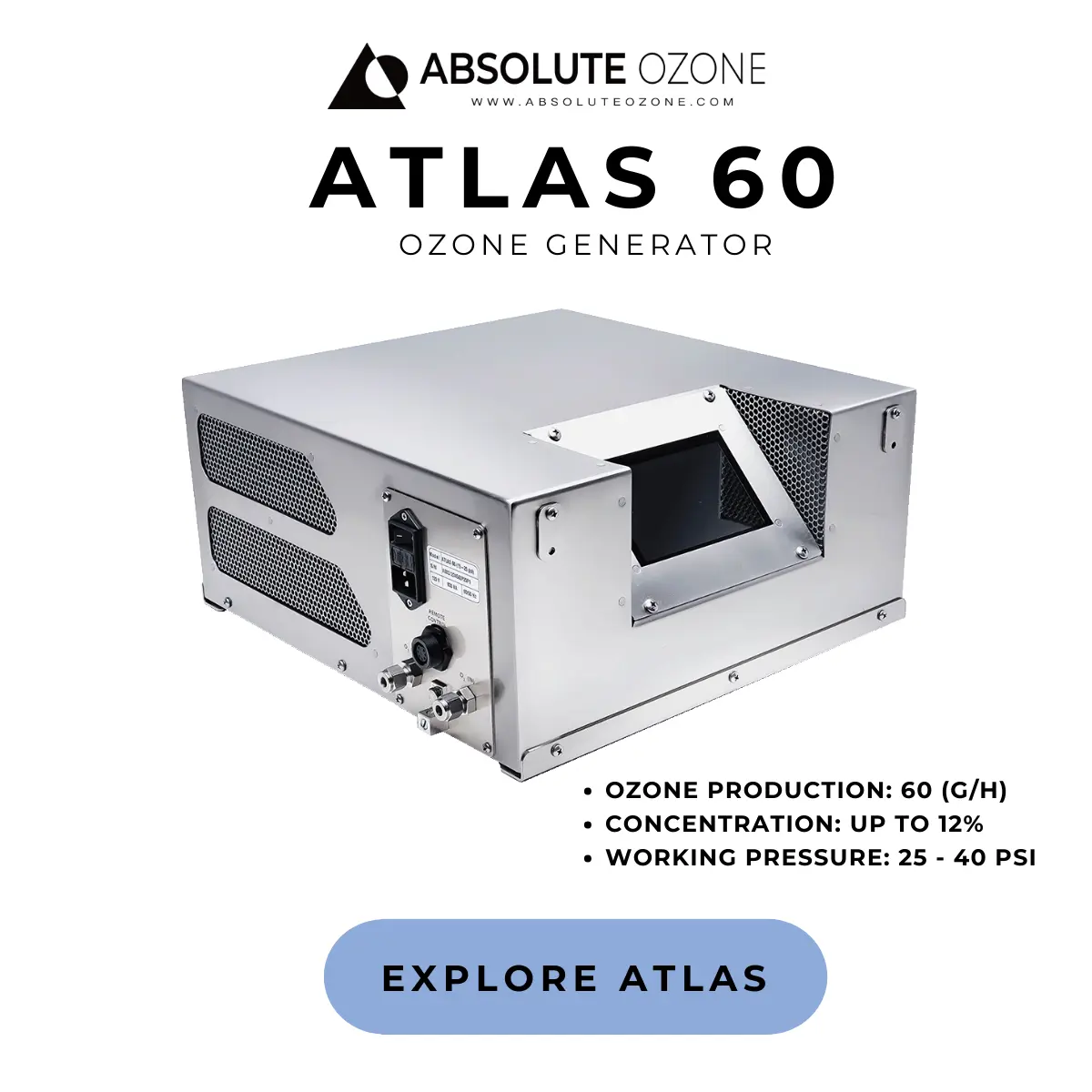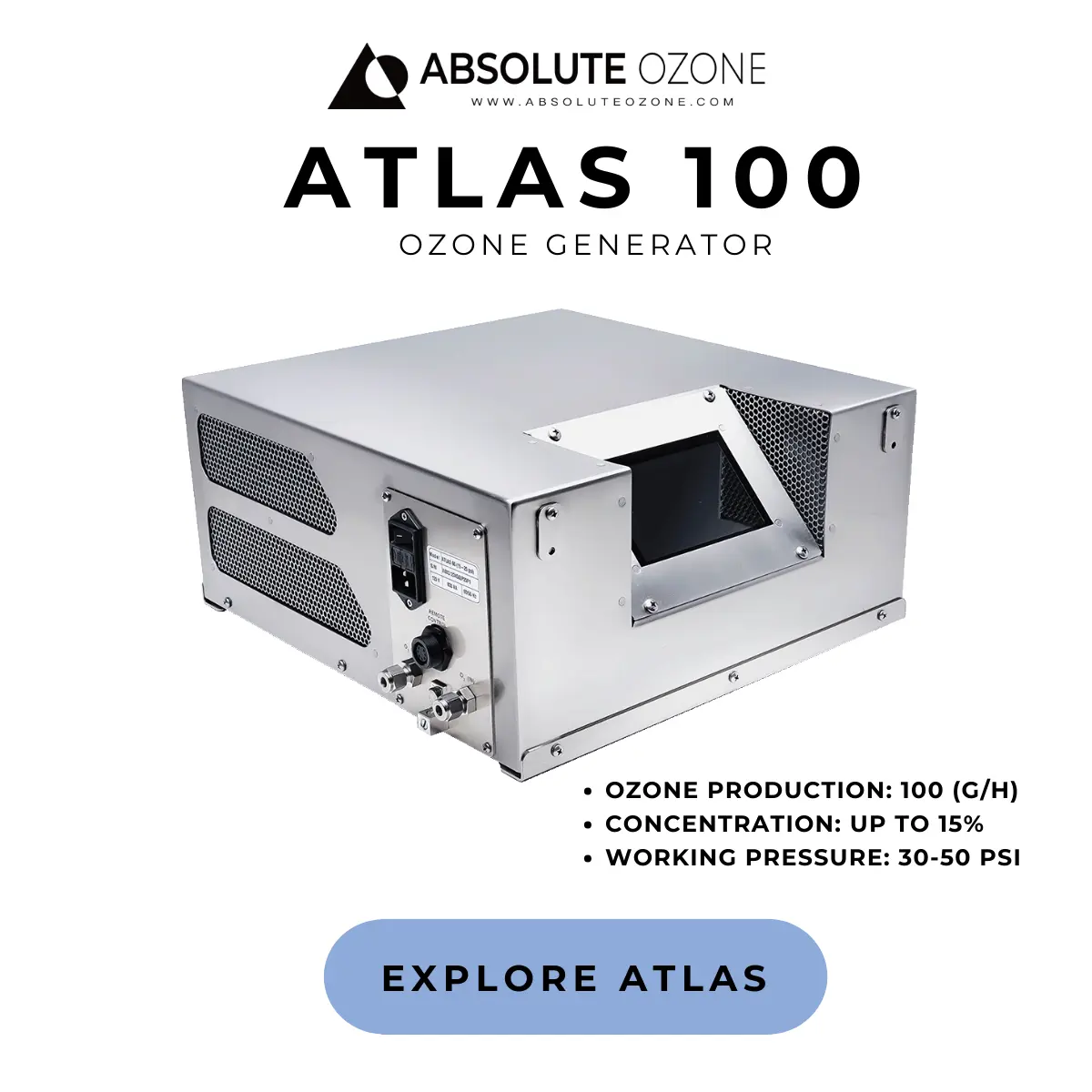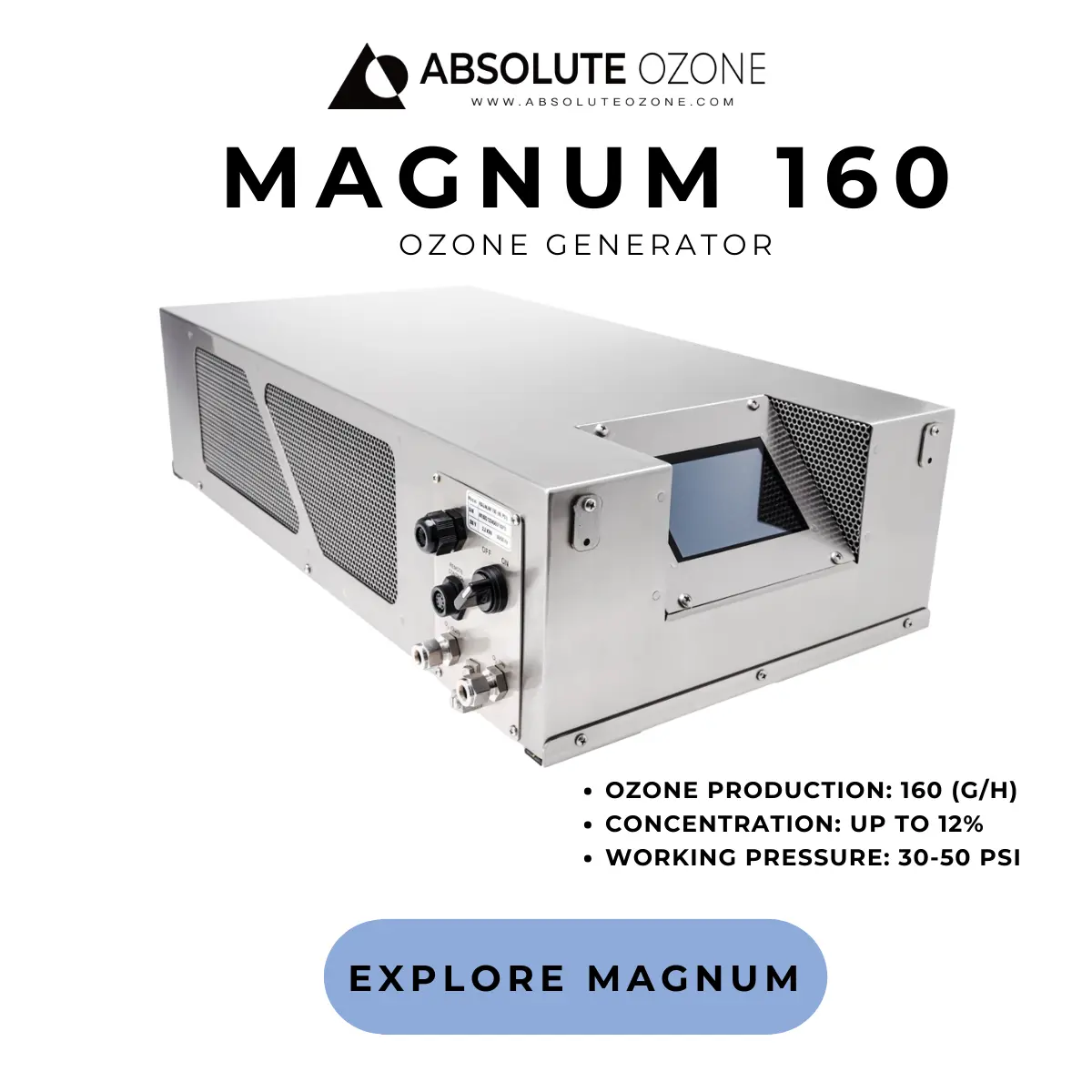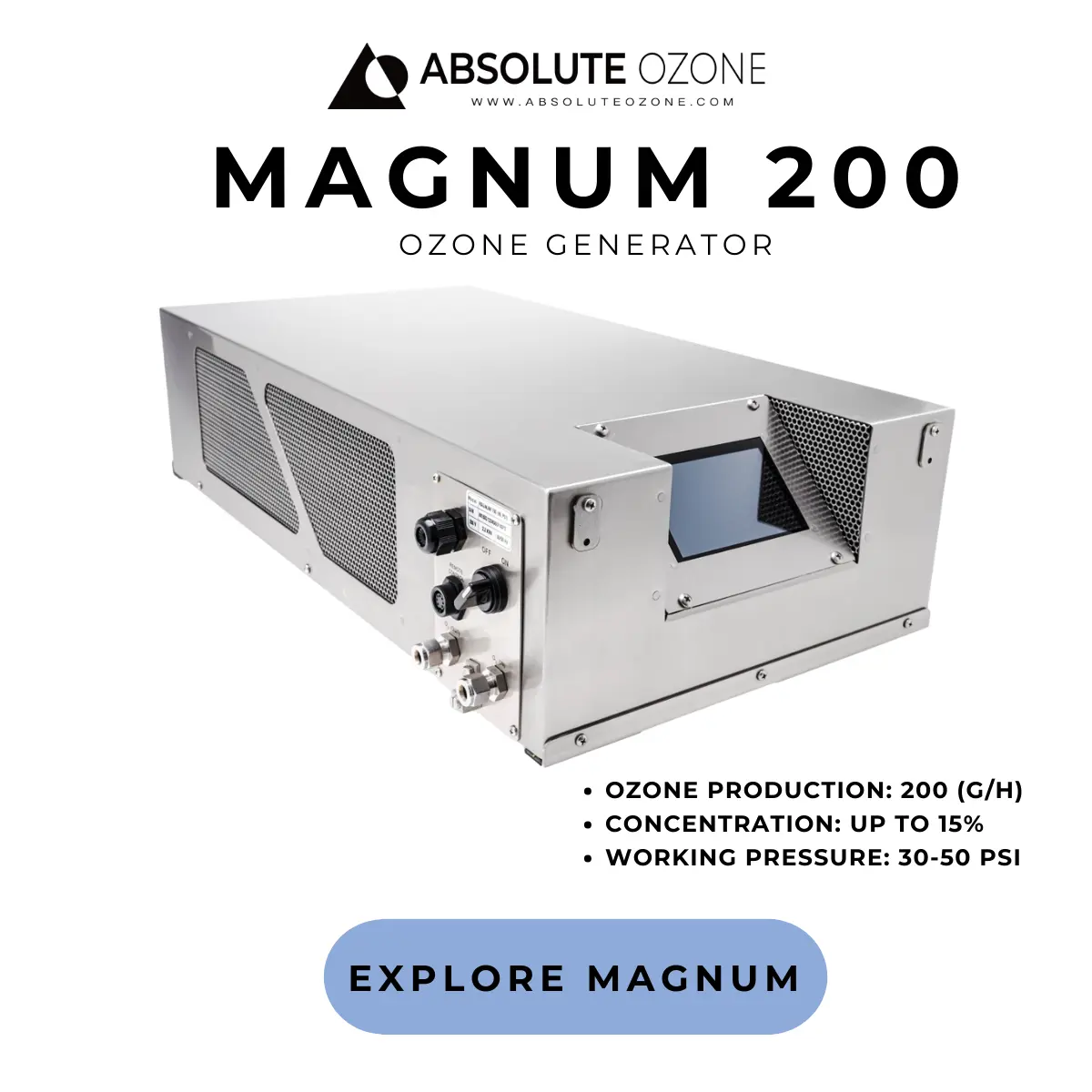Share This Story, Choose Your Platform!
The Most Important Article in Selecting the Right Size Generator for your Pool or Spa
This is where a customer could have used better information on how to properly select ozone generators.
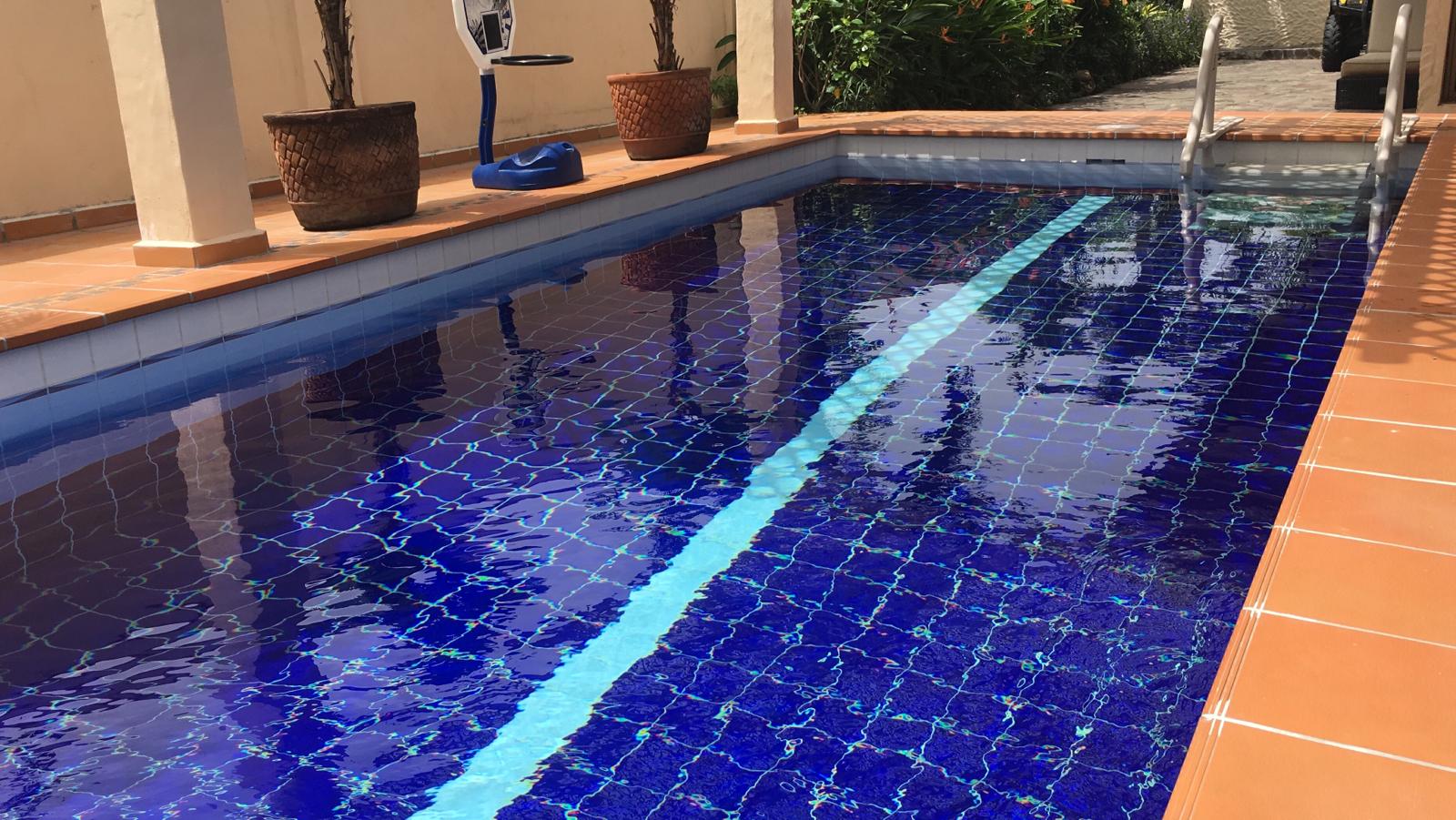
IS YOUR POOL OZONE GENERATOR UP TO THE JOB?
By Misha Shifrin (published in Water Tech Magazine)
After over a decade of building and supplying many ozone generators for pool water treatment worldwide, I noticed that we hardly sell anything locally. It seemed strange to me, so I decided to call several local pool professionals to find out the reason behind this. I asked them if they had ever used an ozone generator for water treatment. To my surprise, all of them answered yes. I then asked them if they were now using swimming pool ozone generators in their applications. To my astonishment, all of them answered no. I asked them why.
“Because the ozone machine for swimming pools doesn’t work,” was the answer from all. This was the equivalent of someone telling me that the world is flat. Ozone for water treatment has always been an excellent choice for all our clients — effective, reliable, relatively inexpensive, and ecologically clean. I asked one of the people I had approached — let’s call him “Joe” — to explain why an ozone generator didn’t work for him and why he was so dead-set against using ozone.
ONE CUSTOMER’S NIGHTMARE
Joe told me that a few years ago, he had installed an Ozonator pool for a customer’s 100 m3 residential pool. It was an air-fed, air-cooled ozone generator purchased from a major ozonator manufacturer. Furthermore, the manufacturer assured him that his equipment would produce enough ozone to disinfect the pool. However, it did not work. The pool water turned cloudy and began to smell after a few days. Eventually, he had to install a chlorine injection system, which corrected the problem for about eight months.
Later, he received a call from the customer, telling him the water was no longer as clear as it once was. After checking, the pool ozone generator was not working. As a result, he had to take it apart and scrape the buildup off the electrodes. He had to order a new electrode after one of the electrodes cracked. It was a nightmare scenario that no one needed. Several of his colleagues had had similar experiences, which explains why he didn’t touch another pool ozone generator again.
LOOKING AT THE NUMBERS
I took out my calculator and started to check what might have gone wrong at Joe’s pool ozone generator. Follow my steps:
1) 1 cubic meter (m³) = 1 million grams (g) of water
2) 1 g ozone dissolved in 1 m³ creates an ozone concentration of 1 part per million (ppm).
3) 100 g of ozone dissolved in a 100 m3 swimming pool will create a concentration of 1 ppm.
4) A residual ozone concentration of 0.03-0.07 ppm is typically recommended for a chemical-free swimming ozone pool. Let’s say that 0.07 ppm residual would have done a good job for Joe’s customer.
5) 100 g x 0.07 ppm = 7 g of ozone dissolved.
6) At a pool water temperature of 25 degrees C (77 F), half of the ozone is destroyed every 15 minutes (half-life of ozone at that temperature = 0.25 hour [h]). Therefore, we must inject four times more ozone to maintain the concentration every hour. As a result, at least 28 (g/h) of ozone should have been dissolved to maintain the required concentration.
These simple calculations are fundamental in selecting the right size generator.
CHECKING THE OZONATOR FOR POOL WATER
Joe told me that his generator was rated at 16 g/h. So, I visited the ozonator manufacturer’s Website, where I learned that the ozone was produced from that generator at 1 percent concentration by weight. We have never dissolved more than 6-10 percent of the ozone in our lab experiments at a 1 percent concentration. To dissolve 60-70 percent, we usually need a concentration of 6 percent or higher. Joe’s generator was only dissolving 1.6 g of ozone (16 g x 10%=1.6 g), creating a concentration of only 0.004 ppm. Indeed, that concentration is only one-tenth of the required. Such a low ozone concentration is approaching levels where, according to a University of Maine study*, even using distilled water is better than ozone. No wonder Joe’s generator didn’t work simply because they did not select the right size generator.
If he had found a 25 g/h oxygen-fed ozone generator that produces ozone at 6 percent concentration for his customer, he would have had an ecstatically happy customer with crystal-clear, chemical-free swimming pool water — and a lot of referrals. The first service call for such a higher-production ozone generator might not have occurred until many years after the installation.
It is sad that correct information sometimes is not getting to the water treatment professional in the field. For this reason, after a few bad experiences with ozone applications, they may conclude that “ozone does not work.” In retrospect, better information about ozone pool generators, performance and capabilities would help the whole industry, consumers, and our earth.
You can find more information about ozone in swimming pools here
THE DOSAGE TO HAVE A CHEMICAL-FREE OZONE POOL
To prevent any bacteria, algae, or viruses from growing in the pool and to keep water safe and crystal clear, especially with organic dust and pollen entering the water in most outdoor pools applications, you need to have a theoretical residual ozone concentration of 0.07 ppm, as we have learned from our 40 m3 test pool which we run for over eight years without a drop of chemicals. An indoor pool will most likely work well with 0.05 ppm of residual ozone as indoors, you do not have organic dust, pollen, etc., blown into a pool by the wind, dramatically increasing bio load and ozone demand.
The following are ozone generators size calculations for a 55 m3 swimming pool:
To create 0.07 ppm ozone concentration in ice-cold water, you must dissolve 0.07 g/m3(ppm) x 55 m3 = 3.85 g of ozone.
Most pool ozone systems installers use this method to calculate the size of a generator, which is why they do not work. You have to use chlorine, plus low ozone concentration produced by poor-quality pool ozone generators does not allow to dissolve more than 10-30% of ozone from the total produced.
In reality, these calculations have to be extended to find the real size of the generator required: At 30˚C half-life of ozone in water is ~8 minutes (0.133h). To compensate for natural ozone decay in the water, you will need to dissolve 3.85 g ÷ 0.133 = 28.8 g/h
Check this article, Sizing of Ozone Equipment, for more information.
Overall, ozone pool systems offer many benefits over traditional pool sanitization methods. While the initial installation cost may be higher, the long-term benefits, including effective sanitization, safety, eco-friendliness, and cost-effectiveness, make it a worthwhile investment for many pool owners.



